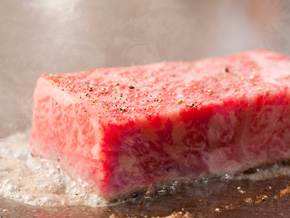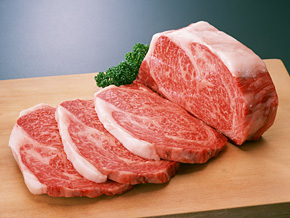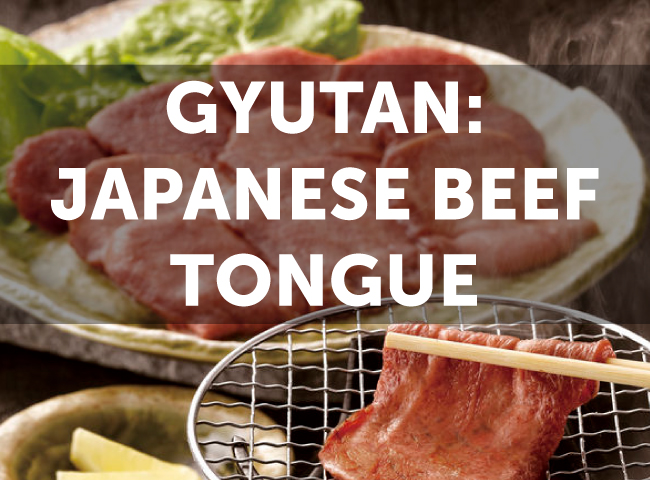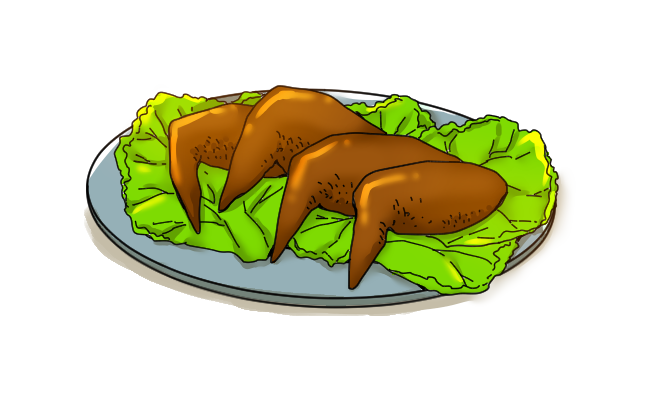A Guide to Steak in Japan: Juicy Grilled Goodness

Japan may be a country known for its seafood consumption, but beef is also commonly eaten. Beef in Japan is prepared in a large variety of ways, just as stewed in nikujaga (traditional beef and potato stew), served raw as a sushi topping, and cooked on teppan grill at a teppanyaki restaurant. Steak is another popular way to eat beef in Japan, as thickly cut piece of meat cooked on a griddle or frying pan. While there may be other non-meat steaks, such as fish or tofu, beef steak is the most popular variety.
As in Western countries, steak is often served with cooked vegetables, such as potatoes, carrots, or peas, along with a soup, salad, and often a choice of bread or rice. Read on to discover all about steak in Japan.
Try Japanese Steak to Experience a Steak that is Full of Flavor
History of Steak in Japan

Compared with other parts of the world, the history of eating steak in Japan is comparatively short. Due the influence of Buddhism on Japanese society, as well as the importance of livestock to work on a farm, the consumption of meat in Japan was prohibited for centuries. During the Meiji era, which began in 1868, Western culture and cuisine was promoted, and it is believed that during this time Japanese people began to eat steak.
Japanese Steak vs Foreign Steak
In Western countries, steaks tend to be tougher and leaner, whereas Japanese steaks feature a distribution of fat throughout the meat, making the meat extremely soft. Known as "marbling", this fat distribution is prized in Japan as it creates a juicy, melt-in-the-mouth texture and rich, complex flavors.
Japanese Beef (Wagyu)

Japanese beef is known to as "wagyu", and is typically very expensive due to the extra care necessary in raising and feeding the cow. Wagyu beef is graded based on the cow's breed and how it was raised.//In Japan, wagyu means that the beef is of the highest quality and comes from a Japanese-breed cow raised in Japan. There are numerous definitions for domestic wagyu, each with specific requirements for area produced, lineage, how the cow was raised, etc. There are numerous special methods for producing rich and tender wagyu. Some farms even massage their cows and feed them beer.
Beef in Japan is given two grades: a letter and a number. These two grades are usually given together, for example, A-5 grade.
Grades & Types of Wagyu
Yield Grade: There are three grades of wagyu, from A to C, with A being the best. Yield grade is decided based on the percentage of usable meat available in a certain area after skin, bones and organs, have been removed, and a higher percentage is better.
Quality Grade: There are five grades from 1-5, with 5 being the best. Quality grade is based on marbling, luster, firmness, fat color, etc.
Varieties of wagyu differ between production regions. The three most popular types of wagyu are:
- *Kobe Beef
- *Tajima Beef
- *Matsusaka Beef
Other types include:
- *Yonezawa Beef
- *Maesawa Beef
- *Hida Beef
- *Omi Beef
Cuts of Beef for Steak

Beef tastes different depending on which part of the cow the cut comes from
Sirloin: The area from the back of the cow to its rump. This cut is tender, and is the best cut for steaks.
Rib roast: This meat from the back of the cow, and usually has good marbling.
Fillet: Also known as the tenderloin or eye fillet, this cut comes from inside the sirloin. Characteristically lean and tender, it is also good for steak.
Shoulder Roast: This cut comes from the shoulder of the cow.
Rump: The rump cut comes from the upper thigh of the cow. It is mostly lean with some marbling.
Popular Japanese Steak Sauces

Steak in Japan can be enjoyed with many sauces and condiments, many which are unique to Japan.
Daikon oroshi (grated Japanese daikon radish): This condiment typically comes as a little pyramid shape arrangement on the plate. It consists of grated daikon flavored with a little soy sauce and sometimes topped with shiso leaf. The clean, fresh flavor of the daikon balances the heaviness of steak and aids digestion.
Daikon oroshi ponzu (grated Japanese daikon radish and citrus sauce): This condiment is similar to standard daikon oroshi, however, is flavored with ponzu (a dressing of citrus, soy sauce and dashi) instead of soy sauce.
Kogashi bata shoyu (browned butter soy sauce): To make this rich and moreish sauce, melted butter is added to soy sauce, which is then browned slightly to bring out its aroma.
Shoyu ninniku (garlic and soy sauce): This sauce combines browned butter soy sauce with a little garlic, to add an increased flavor punch.
Tamanegi (onion) sauce: Grated onion is mixed with other ingredients such as soy sauce and grated apple to create a sweeter sauce.
Where to eat Steak in Japan

Wagyu beef can be found at a number of restaurants across Japan. Steak in particular is available at Western restaurants, family restaurants, specialty steak restaurants and some izakaya restaurants.
Steak restaurants will allow let you choose the type and cut of steak you want to eat. Some restaurants prepare the steak in the kitchen, while others cook the steak right in front of the customer
Rich and Succulent, Steak in Japan Is Worth Sampling!
Whether you’re a steak aficionado or novice, steak in Japan in a must-try. The exquisite flavor of the fatty marbling of wagyu beef, and the uniquely Japanese condiments steak is served with, provide an all-around novel and delicious experience. Browse Gurunavi’s listings to find a steak restaurant in Japan.








